Top speed 222 km/h Wingspan 15 m | Length 11 m | |
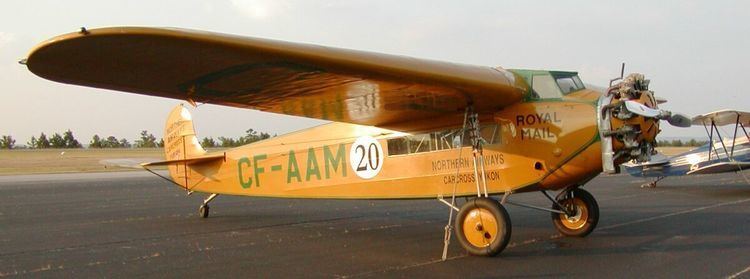 | ||
Manufacturers Canadian Vickers, Nakajima Aircraft Company | ||
Fokker super universal
The Fokker Super Universal was an airliner produced in the United States in the late 1920s, an enlarged and improved version of the Fokker Universal, fitted with cantilever wings and an enclosed cockpit. It was subsequently also manufactured under licence in Canada, and in Japan as the Nakajima Ki-6.
Contents
- Fokker super universal
- Design and development
- Operational history
- Survivors
- Variants
- Civil
- Military
- Specifications
- References
Fokker super universal
Design and development
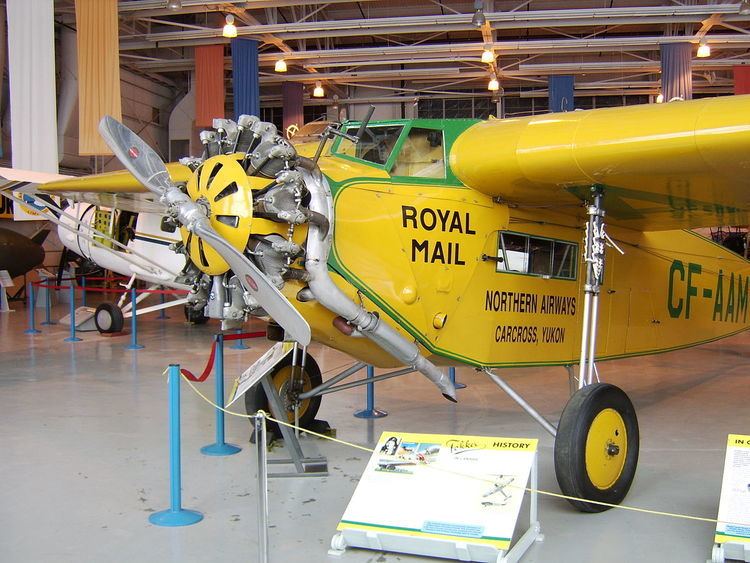
The Super Universal was a conventional, high-wing cantilever monoplane with a fully enclosed flight deck and cabin and a fixed undercarriage. Improvements over its forerunner included an enclosed cockpit and a new wing that eliminated the requirement for struts, bringing it in line with the rest of Fokker's designs. The preceding Fokker Universal was built with an open cockpit but many were converted.
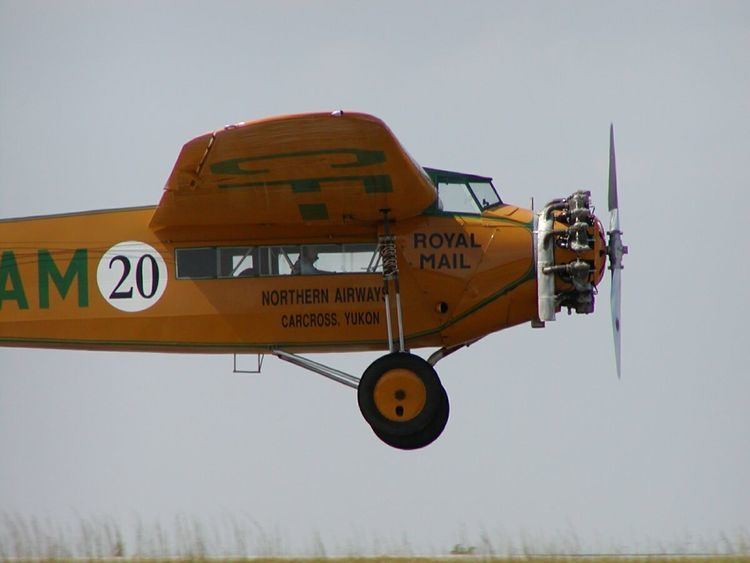
Construction was as per standard Fokker practice, with the wing being made almost entirely of wood with two main spars and light ribs covered in thin sheets of plywood. The fuselage was built up from welded steel tubes, largely cross-braced with wires. Fairings, the floor and an internal bulkhead separating the pilot from the cabin were wood. A triangular-shaped door gave the pilot access to the cabin. The tail was also built up from steel tubing but used no internal bracing. The main structural members were larger diameter tubes, while smaller tubes gave the structure a small degree of camber. The standard undercarriage consisted of a tailskid with divided main gear legs sprung with bungee cords and attached to the wings and the fuselage, but floats or skiis could also be fitted.
Operational history
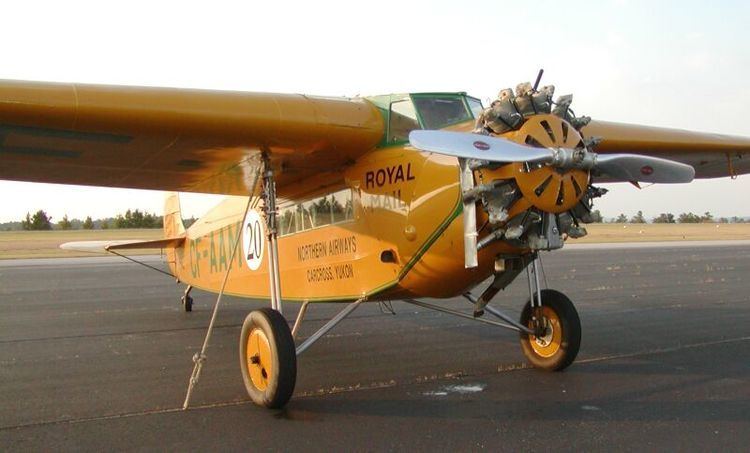
The Super Universal was received enthusiastically in the marketplace, selling better than any other of Fokker-America's designs (some 80 aircraft), and required the company to expand its factory space to meet demand. A further 15 aircraft were built by Canadian Vickers, and around 100 were built by Nakajima with some of these Japanese aircraft seeing military service as the Ki-6. The United States Navy also evaluated the Super Universal for military service, under the designation XJA-1, but decided not to purchase the type (the JA designation was later reused for the Noorduyn Norseman). The Fokker Universal was popular as a bush plane and many found their way into the Canadian north.
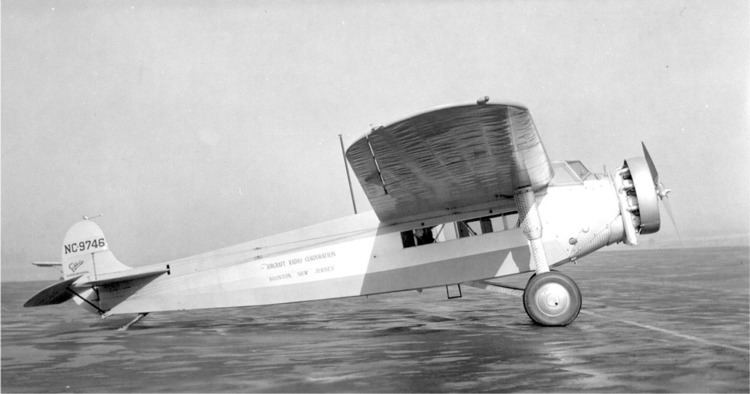
The first production Super Universal was named the Virginia by Richard E. Byrd and taken to the Antarctic in 1928. This aircraft was damaged after being ripped from its tiedowns and thrown backwards over one kilometre in winds estimated to have been at least 150 mph, and was abandoned, although Byrd subsequently revisited it to salvage useful parts.
Survivors
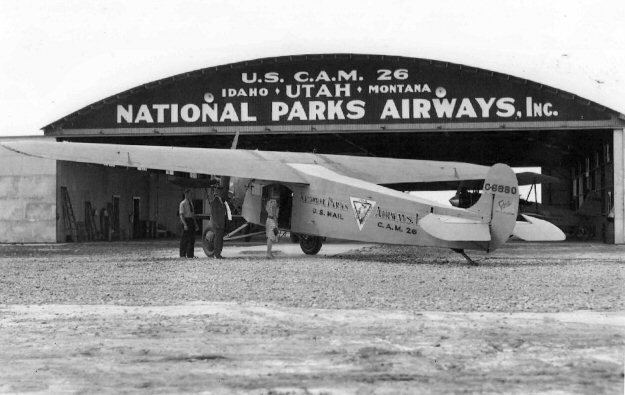
In 1998, a Super Universal originally used for mineral exploration in Canada's north was restored to airworthy condition in Manitoba, and after being flown for a few years was placed on display at the Western Canada Aviation Museum in 2005. Byrd's Fokker Universal was rediscovered by a New Zealand expedition in 1987 and the Antarctic Aviation Preservation Society intends to salvage and restore it.
Variants
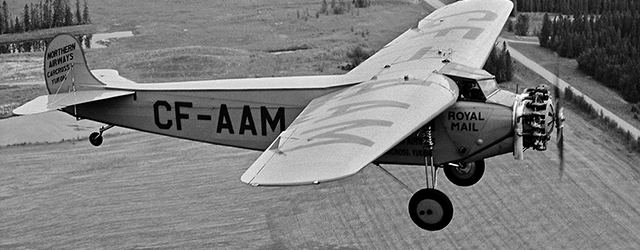
Civil
Military
Specifications
Data from Pioneering in Canadian Air Transport
General characteristics
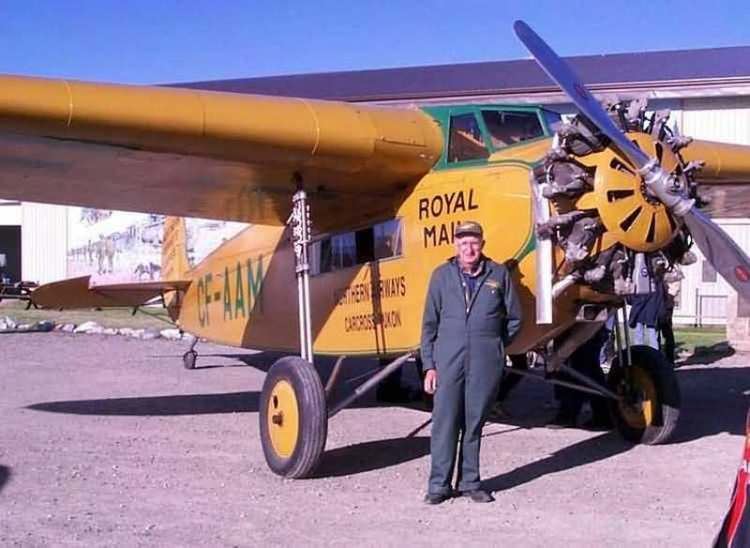
Performance
